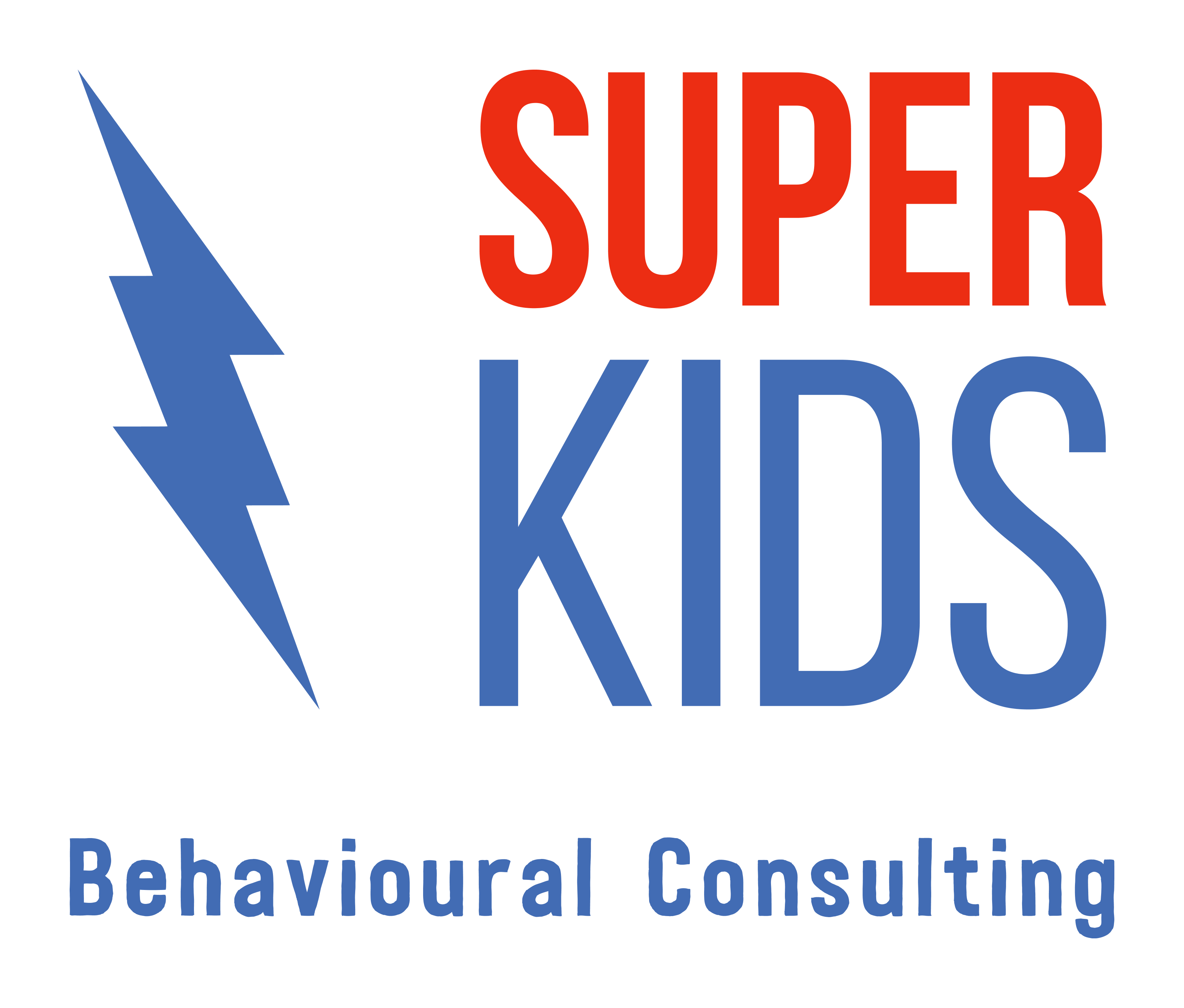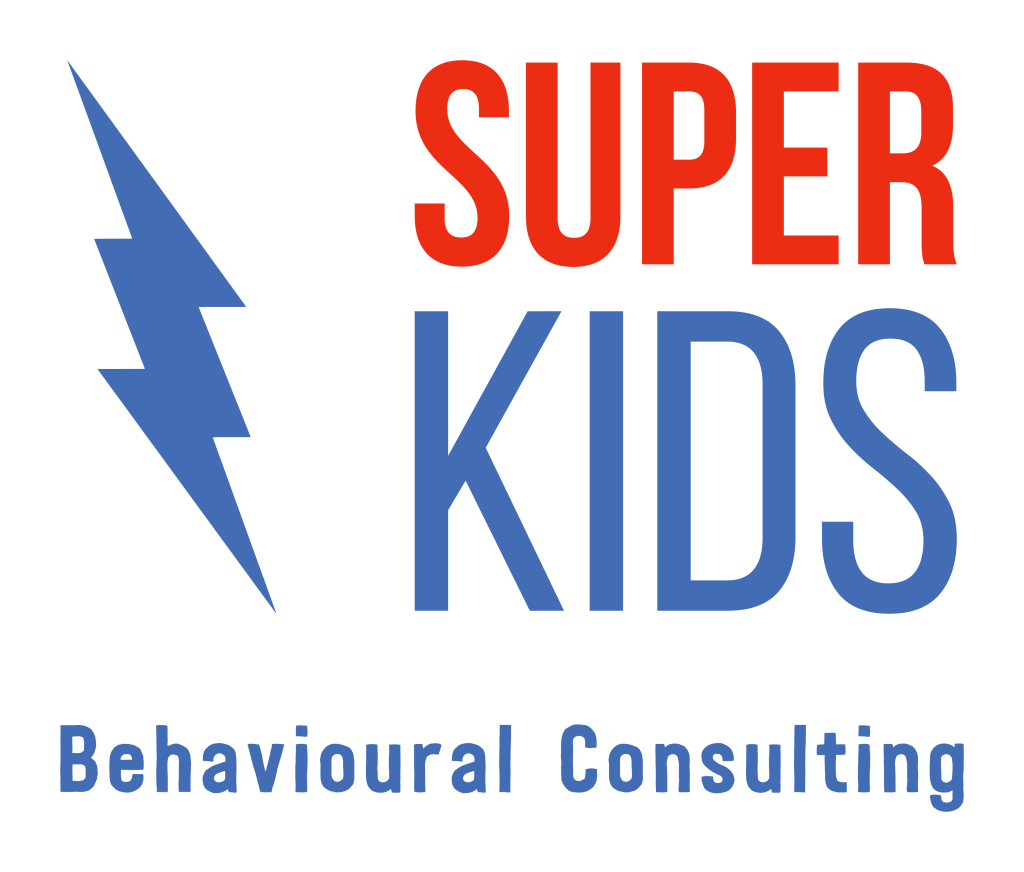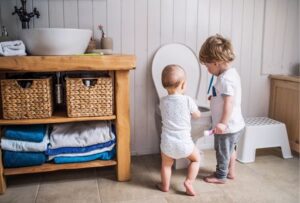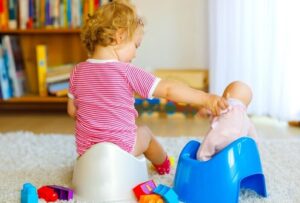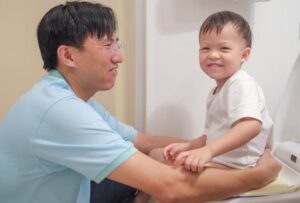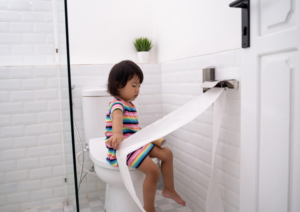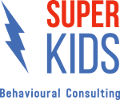4 Most Common Reasons Toilet Training Programs Fail.

Renee Collins
Clinical Director
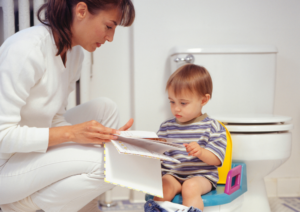
Toilet training is a critical milestone in a child’s development, yet many parents find themselves frustrated by unsuccessful attempts. Despite numerous programs promising quick and effective results, many fail to deliver lasting success. This is often due to unrealistic expectations, lack of consistency, and insufficient understanding of a child’s individual readiness. Additionally, the pressure to achieve rapid outcomes can lead to stress and resistance, making the process even more challenging. We’ll explore the common pitfalls of toilet training programs and possible solutions on how to approach this.
1. Problem behaviour
Common barriers to starting or continuing toilet training programs that carers report include aggressive responding, self-injurious behavior, environmental destruction, excessive flushing, water play, urination out of the toilet & sexualised behaviour.
Potential solutions
- Stop punishment procedures when child has an accident
- Decrease amount of time spent in toilet routine and sitting on toilet
- Allow access to preferred bathroom items outside of the toilet routine
- Enlist a Behaviour Analyst to help determine why the behaviour is occuring & how to resolve.
2. Holding on to urine
Some children will hold on to their urine for long periods when toilet training to avoid the toilet or only urinate when their nappy is returned for travel or sleep. This can be frustrating and also limit opportunities to practice.
Potential solutions:
- When child is successfully doing a wee, stay calm and do not startle them with cheer or celebration until they’re completely finish urinating
- Build in small challenges that your child must complete that work toward the big goal of weeing in the toilet and celebrate each of these first
- End toilet training practice for the day once they’ve had a successful wee on the toilet
- Increase fluid intake across the day
- Practice toilet training when they’re most likely to wee
3. They’ve regressed or are still having accidents
Your child is still having accidents despite sometimes successfully urinating in the toilet, being motivated for the reward & the toilet training plan being run correctly.
Potential solutions:
- Your child should wear cotton underwear (not pull-ups or nappies)
- Use a Urine Alarm or implement dry pants checks
- Increase opportunities to sit on toilet & take your child more often
- Take your child to the toilet at the time an accident is more likely
- Revise fluid intake (Are they drinking too much? Do you need to space out across the day more?)
4. You child doesn’t or can’t manage own toileting
Your child doesn’t notice the cue of a full bladder as the signal to either tell someone they need to go or take themselves to the toilet. They may miss these opportunities or even request too frequently.
Potential solutions:
- Teach them to respond to another cue, such as watch alarm
- Stop telling or asking them, and allow opportunity to take themself
- Reduce additional parts of toilet training program such as extra fluid, rewards & time spent in the bathroom
- Enlist a Behaviour Analyst to help determine why they may be asking too often & how to resolve it.
If you are still struggling with teaching toilet training or another related bathroom behaviour to your Autistic child, such as washing their hands, wiping their bottom or standing at a urinal to wee, then you may want to consider a quick consultation with one of our toilet training experts that you can book here or contact [email protected] for more information.
Reference: DOI: 10.1002/jaba.727
Super Kids acknowledges each individual’s personal preference to use identity-first or person-first language to describe themselves or their loved one. We interchangeably use both language conventions and therefore refer to both Autistic children and children with Autism.
